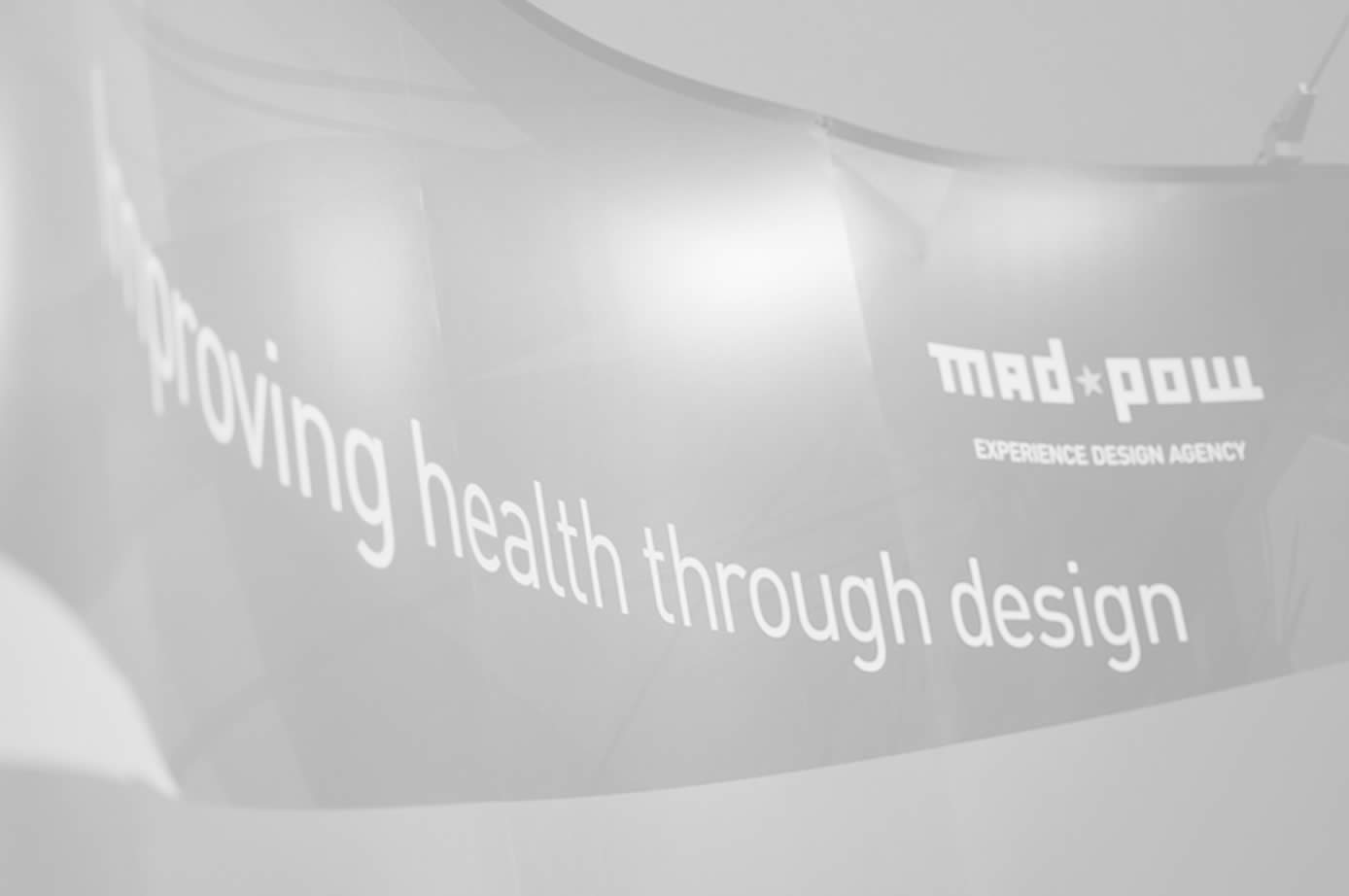CONFERENCE | Monday, March 25
Research and Design Methods in Healthcare
Designing experiences that are elegant, simple, intuitive and valuable is hard. Organizations often have a difficult time coming to consensus around design decisions or leveraging outside perspective and research into their design process. In healthcare, the complex web of patient behavior, regulatory systems, and multiple players make the design process that much more challenging. In this fast-paced session, we will share our experiences designing for the multiple facets of healthcare experiences. We will discuss core research and design methods that help overcome organizational barriers to good design, and review research and design methods that work for patient, provider, insurer and other players in healthcare specifically.
WORKSHOP | Tuesday, March 26
Critique and Design Studio: Improving the Way We Discuss, Share and Evaluate Designs and Ideas.
Teams must work together to share and discuss ideas, solutions, and challenges, but often, problems arise during this process. It's not uncommon for team members to feel frustrated with the quality of the feedback and response they get when sharing ideas and designs. But rarely do they get the chance to step back and think about how they might collect useful feedback and make the discussions around their designs more productive.
Similarly, teams often struggle with generating ideas and designs that are built around, consensus and that the entire team feels invested in. Often it's difficult to focus on a single solution to pursue, or too easy to focus on a solution too soon. Additionally, we often see new ideas raised by team members who were not included in the design process, and unfortunately it's too late to explore them without derailing progress.
All of these problems stem from challenges with collaboration. Whether it's creating, sharing, or discussing, collaboration is key.
The first portion of this workshop will focus on the language, rules and strategies for critique. A team's ability to critique speaks directly to the quality of the conversations team members have, whether they be designers, developers or stakeholders, about the ideas and designs they have for the services, products and websites they’re creating. Through a series of group-based activities and role-playing exercises, participants will be provided with takeaways that can immediately be put to work to create a useful, collaborative environment for discussing designs.
Continuing the theme of collaboration, the second portion of the workshop will explore a design methodology and activity called Design Studio. In order to build understanding and consensus, it's important to give the individuals who will be participating in the creation of a product or service a chance to explore their own ideas for solutions and share them with other members of the team. In a Design Studio, all members of a team to contribute their ideas and then work toward refining them through a sequence of sketching, presentation and critique. In the end, the team will have worked through many different ideas and built consensus toward which will be pursued.
Participants will come away from the day's activities with a better understanding of the dynamics, planning and effort that go into fostering good collaboration, as well as techniques and tips they can share with their teams for doing so.





